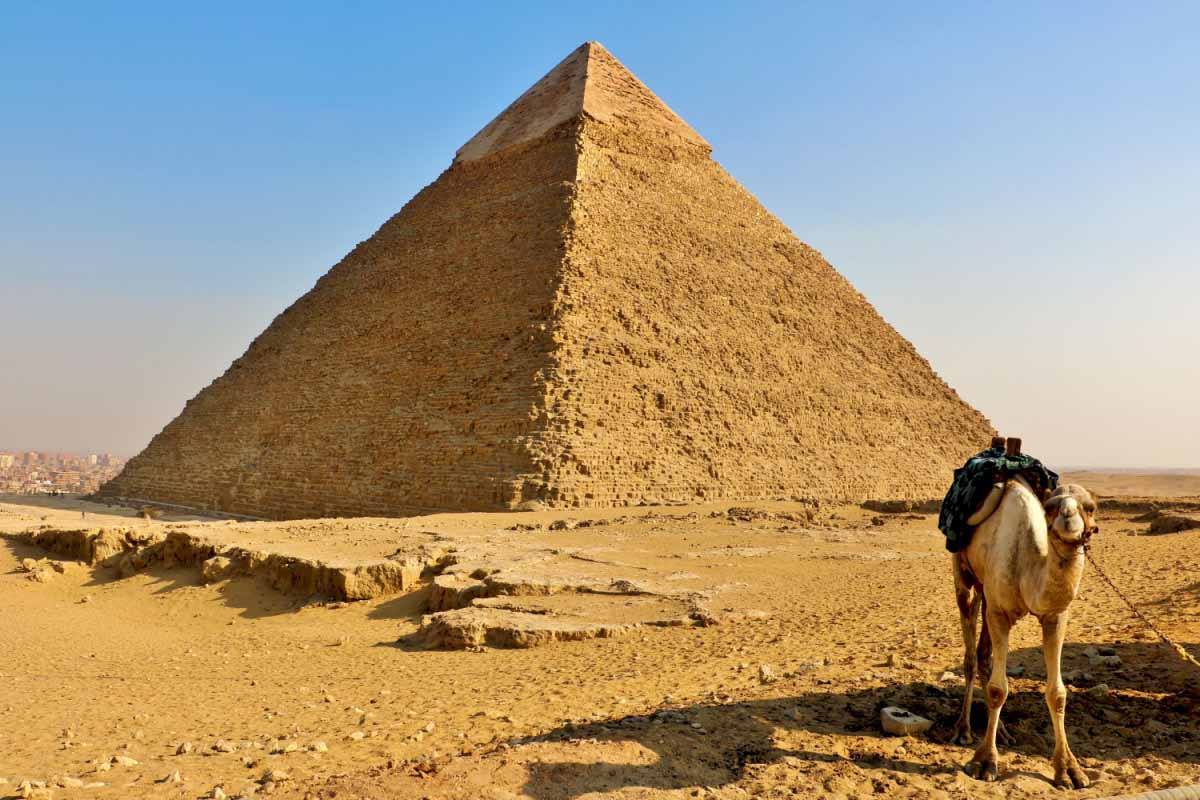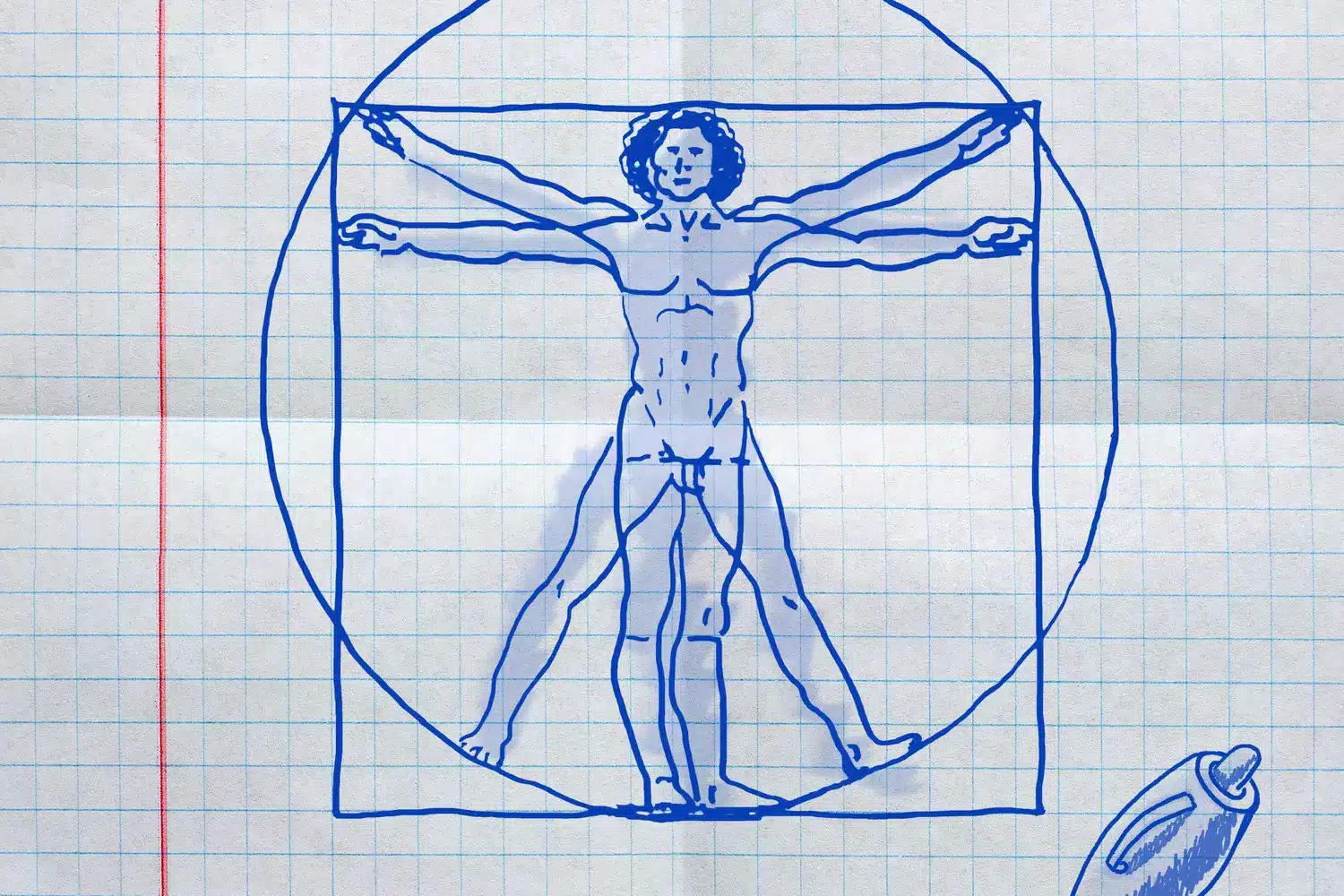The enigmatic allure of the Great Pyramid of Giza continues to fascinate minds across the globe. Recent research, however, introduces a remarkable new perspective. Scientists now propose that this ancient marvel may do more than impress with its sheer scale and symmetry — it could actually concentrate electromagnetic energy within its internal chambers. This hypothesis, rooted in physics and supported by advanced simulations, suggests an unexpected technological sophistication and opens a pathway for innovative engineering concepts inspired by the past.
How scientists uncovered the pyramid’s energy-focusing potential
A collaborative team from Russia’s ITMO University and Germany’s Laser Zentrum Hannover embarked on an investigation to determine if the Great Pyramid of Giza interacts with electromagnetic waves in a peculiar way. Using a solid limestone model and multipolar analysis, they simulated how radio waves behave inside the monument’s massive stone layers. Instead of simply bouncing off or dissipating, some waves appear to converge under specific resonance conditions.
This approach unveiled fresh insights into how ancient structures like the Great Pyramid might serve purposes beyond enduring the test of time. By mapping the electromagnetic field distribution through theoretical study, researchers revealed that the pyramid acts almost like a giant resonator or antenna at certain wavelengths. The notion of harnessing electric and magnetic energy through geometry and natural materials proves just as intriguing today as it must have been millennia ago.
What happens to electromagnetic energy inside the pyramid?
The pivotal breakthrough emerged when simulation models targeted wavelengths between 200 and 600 meters, aligning perfectly with the pyramid’s proportions where resonance is most effective. Under these conditions, the internal chambers become crucial. Simulation results indicate that electromagnetic energy does not distribute uniformly; instead, it becomes focused, particularly beneath the base of the structure.
By studying interactions between the fields and the pyramid’s voids and passages, researchers observed that some energy is absorbed while other portions are scattered by the internal architecture. This interplay of absorption, scattering, and concentration turns various chambers into efficient collectors for electromagnetic fields. Such findings encourage a broader interpretation of ancient architectural intent, hinting at roles beyond the purely ceremonial or funerary.
Why focus on resonance conditions?
Resonance in physics occurs when a system naturally amplifies particular frequencies. For the Great Pyramid of Giza, its unique shape and internal design synchronize with select electromagnetic wavelengths that fit precisely within its dimensions. Much like a musical instrument resonates at certain notes, the pyramid appears to reinforce specific radio waves.
These resonance conditions allow energy to accumulate rather than dissipate. As a result, the monument’s well-proportioned chambers selectively trap and intensify wavelengths matching their size, focusing electric and magnetic energy where fields overlap constructively.
Which internal features act as energy collectors?
Not every part of the pyramid functions equally as a resonator. Simulations highlight that some chambers, such as the King’s Chamber and cavities located beneath the base, display especially strong concentrations of electromagnetic energy. Their precise position and proportion make them focal points for intensified fields.
Other less defined spaces scatter or dampen electromagnetic waves instead. This distinction underscores the importance of architectural precision. Even minor variations in stonework or chamber size can significantly alter energy patterns, suggesting deliberate planning behind the pyramid’s intricate layout.
Potential applications for modern science
This discovery transcends mere historical curiosity. The work published in the Journal of Applied Physics has generated excitement among scientists and engineers who see parallels between ancient stone construction and modern nanotechnology. Understanding how monumental designs like the Great Pyramid of Giza concentrate energy paves the way for new approaches to controlling light and electromagnetic fields.
For instance, solar cells and sensors could be enhanced by mimicking these energy-focusing effects at a much smaller scale. If advanced technology can replicate the pyramid’s resonance principles, devices may harvest energy from sunlight or ambient electromagnetic fields with far greater efficiency. The concept extends to wireless power transfer and communications systems, where the targeted delivery of signals becomes increasingly vital.
What future studies might reveal?
While current research focuses on resonance in the lower-frequency range, upcoming studies aim to simulate interactions at shorter wavelengths commonly used in contemporary technologies. These efforts will help define the practical boundaries and adaptation strategies for translating nature-inspired solutions into real-world applications.
Beyond immediate technological prospects, this line of inquiry deepens understanding of historical achievements. Did ancient builders intentionally exploit these properties, or are the effects coincidental? Although clear answers remain elusive, further exploration of the pyramid’s energy behavior may bridge gaps between lost knowledge and present-day innovation.
Could this change our view of the Great Pyramid of Giza?
The idea that internal chambers serve as more than funerary spaces challenges traditional interpretations. While the Great Pyramid of Giza is often associated with rituals and mystery, focusing on its interaction with electromagnetic energy reveals a level of mathematical and scientific sophistication rarely considered.
This new perspective encourages historians and engineers alike to reexamine ancient monuments through a scientific lens, suggesting that many secrets may still lie encoded in the walls and corridors shaped by architects with an extraordinary grasp of physical principles.
Comparisons with other architectural wonders
Although the Great Pyramid stands as one of history’s most iconic achievements, few other structures demonstrate such a calculated relationship with electromagnetic phenomena. Most ancient monuments were designed for visual impact or defense, showing little sign of intentionally engineered resonance conditions.
Nevertheless, this research inspires teams worldwide to revisit famous sites and test whether similar energy-focusing effects exist elsewhere. Discovering that temples, cathedrals, or megalithic complexes also concentrate energy would not only deepen appreciation for historical craftsmanship but also fuel creative inspiration for future projects.
- The geometry and material of the Great Pyramid amplify energy at precise wavelengths
- Electric and magnetic fields cluster in strategic locations, especially beneath the base
- This natural “energy concentrating” effect could influence next-generation solar panels
- Architectural details play a critical role in resonance; even small differences shift energy patterns
The road ahead: bridging ancient marvels and modern breakthroughs
The story of the Great Pyramid of Giza gains fresh significance as ongoing scientific exploration uncovers hidden capabilities embedded in its massive stones and silent passageways. Advanced technology modeled after ancient resonance tricks may soon enter daily life, powering new devices or enabling more efficient solar energy collection. Each layer of limestone reveals further lessons about focusing energy and the intersection between architecture and physics.
For those drawn to mysteries, the combination of robust science and historical wonder in this research offers continuous surprises. The investigation presses onward, promising revelations both about the pyramid itself and the untapped connections between ancient ingenuity and tomorrow’s innovations.








